test:Expressionism, Orphism
František Kupka
description
František Kupka was a Czech artist, representative of abstract painting and Orphism.
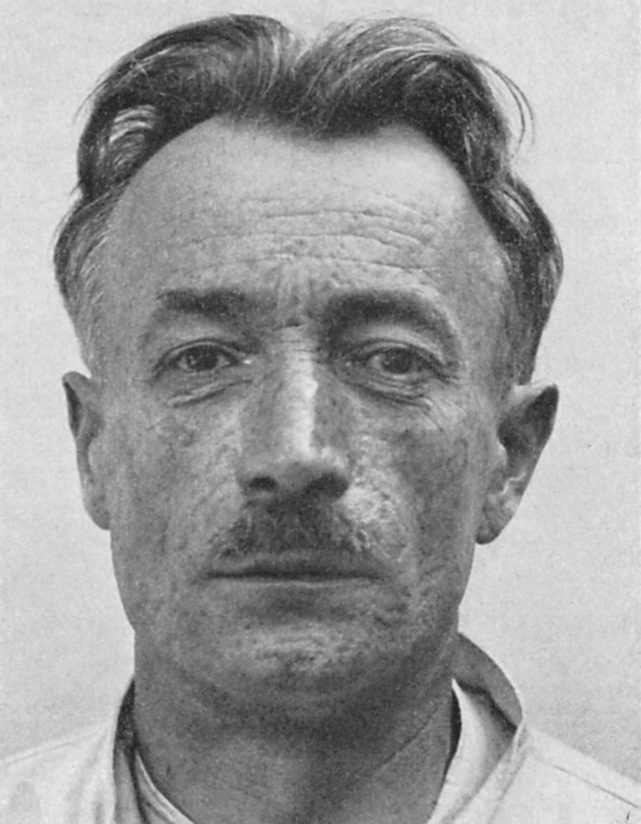
Answers
Option 1
Option 1
Option 2
Option 2
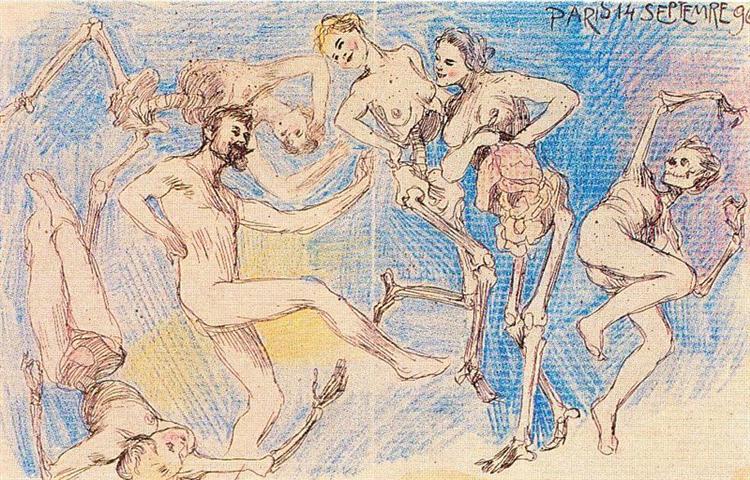

Answers
Option 1
Option 1
Option 2
Option 2


Answers
Option 2
Option 2
Option 4
Option 4
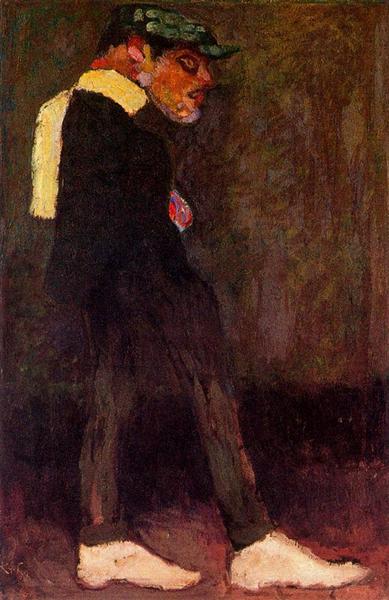

Answers
Option 1
Option 1
Option 2
Option 2
Option 4
Option 4
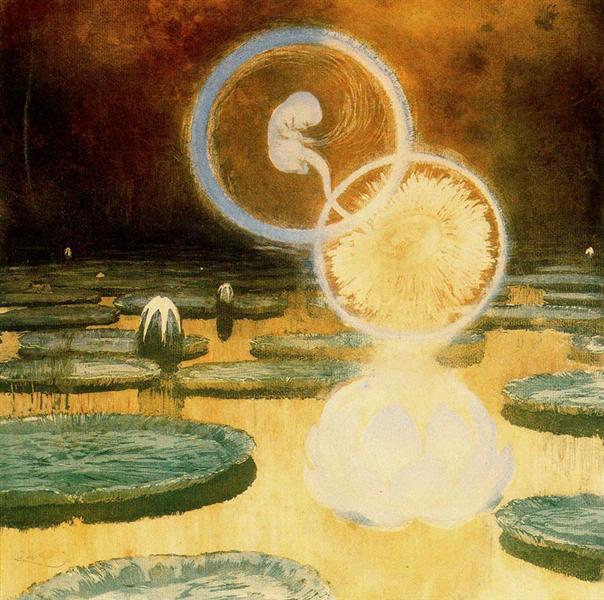

Answers
Option 1
Option 1
Option 3
Option 3
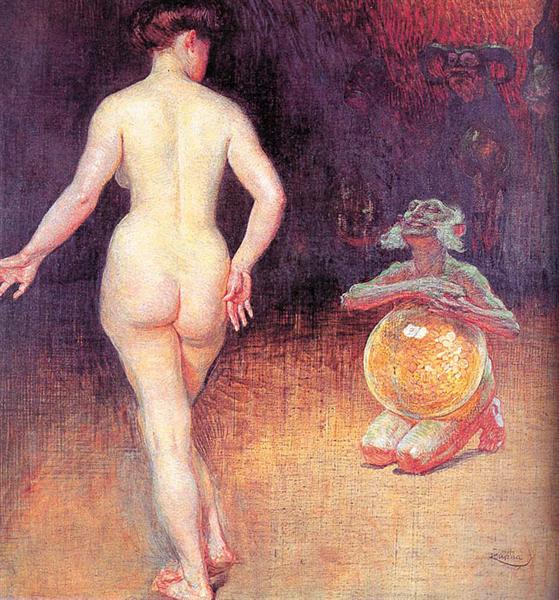

Answers
Option 1
Option 1
Option 2
Option 2
Option 3
Option 3
Option 4
Option 4
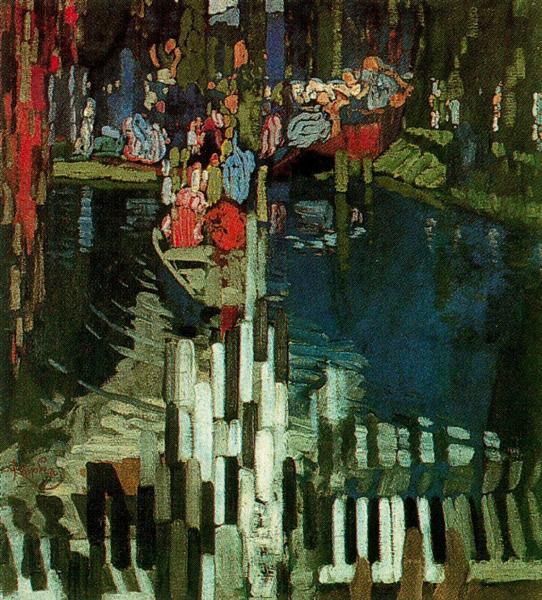

Answers
Option 4
Option 4
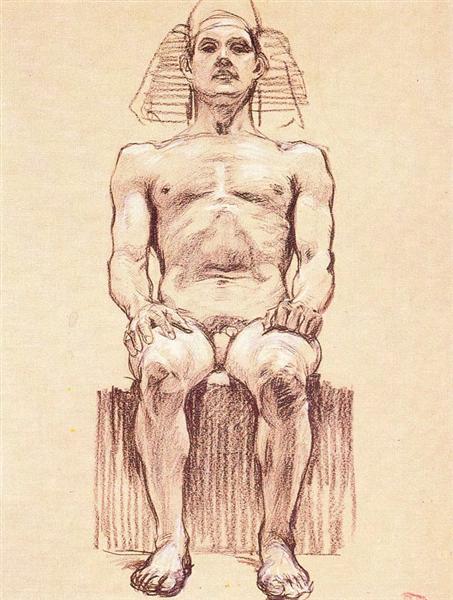

Answers
Option 3
Option 3
Option 4
Option 4
test:Expressionism, Orphism
Wrong
answer
Right answer:
Disks of Newton, Study for Fugue in Two Colors
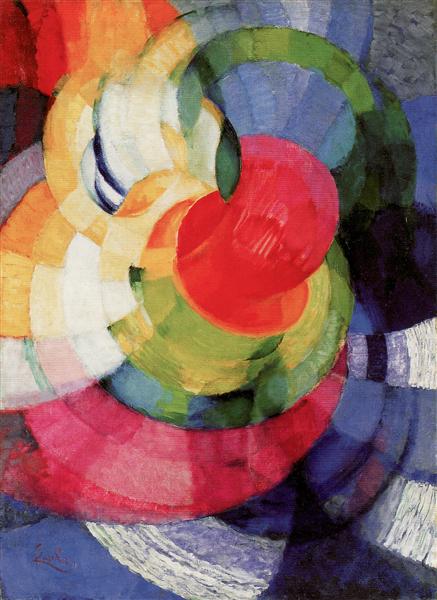

Answers
Option 1
Option 1
Option 3
Option 3
Option 4
Option 4
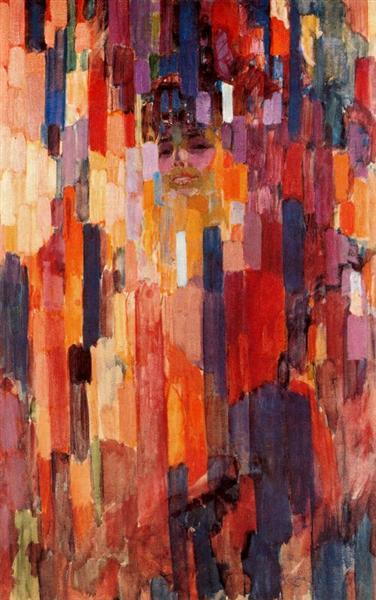

Answers
Option 2
Option 2
Option 3
Option 3
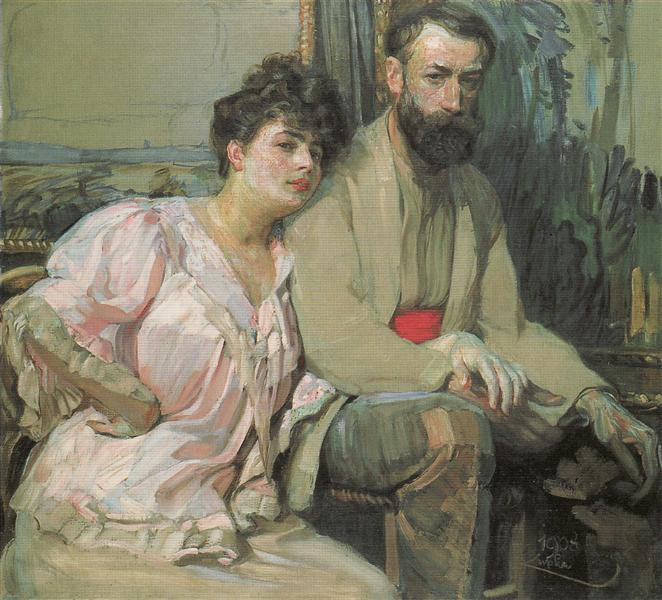

Answers
Option 1
Option 1
Option 3
Option 3
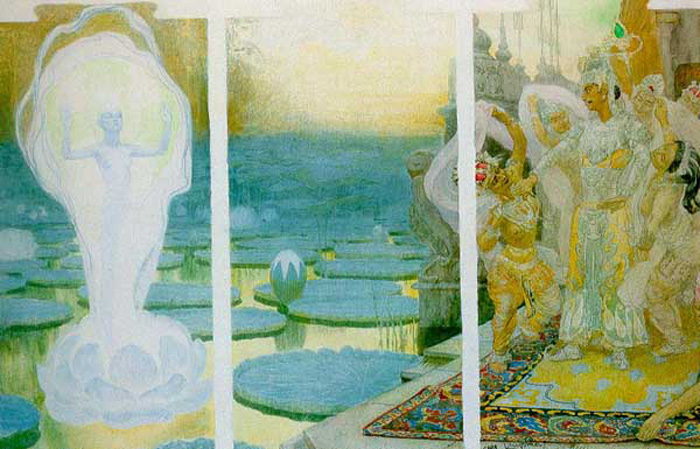

Answers
Option 1
Option 1
Option 2
Option 2
Option 3
Option 3
Option 4
Option 4
test:Expressionism, Orphism
Wrong
answer
Right answer:
Front cover of the ‘L’Argent’ issue, from ‘L’Assiette au Beurre’, 1902
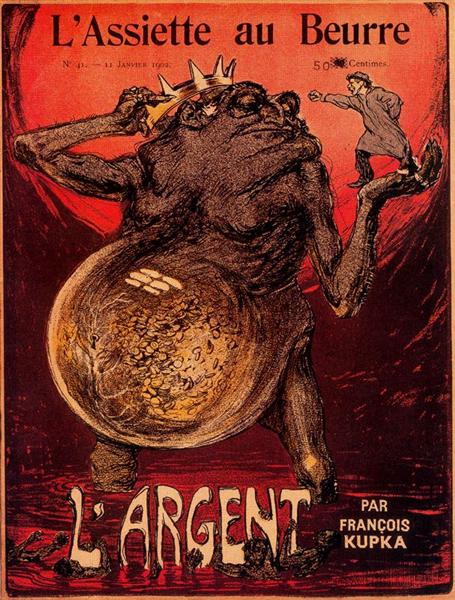
test:Expressionism, Orphism
Right
answer
Front cover of the ‘L’Argent’ issue, from ‘L’Assiette au Beurre’, 1902

Answers
Option 2
Option 2
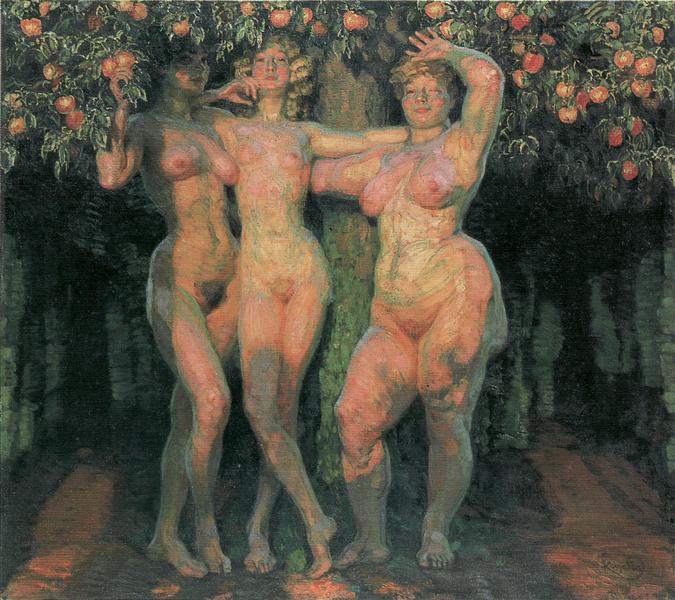

Answers
Option 1
Option 1
test:Expressionism, Orphism
Wrong
answer
Right answer:
Front cover of the ‘La Liberté’ issue, from ‘L’Assiette au Beurre’, 1906
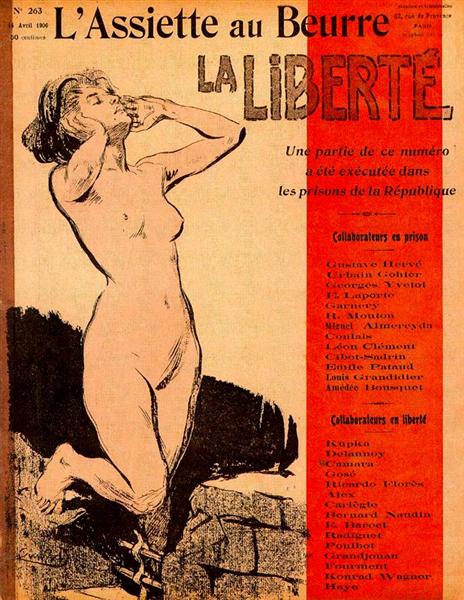
test:Expressionism, Orphism
Right
answer
Front cover of the ‘La Liberté’ issue, from ‘L’Assiette au Beurre’, 1906

Answers
Option 1
Option 1
Option 2
Option 2
Option 3
Option 3
Option 4
Option 4
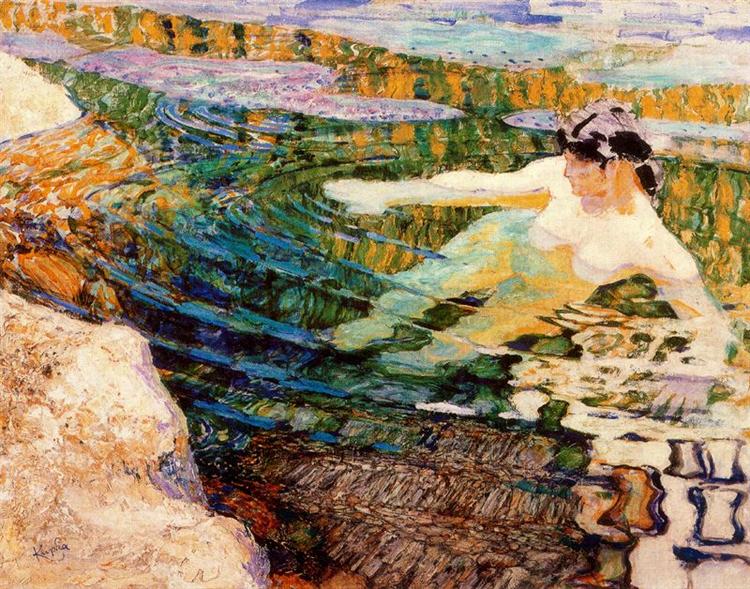

Answers
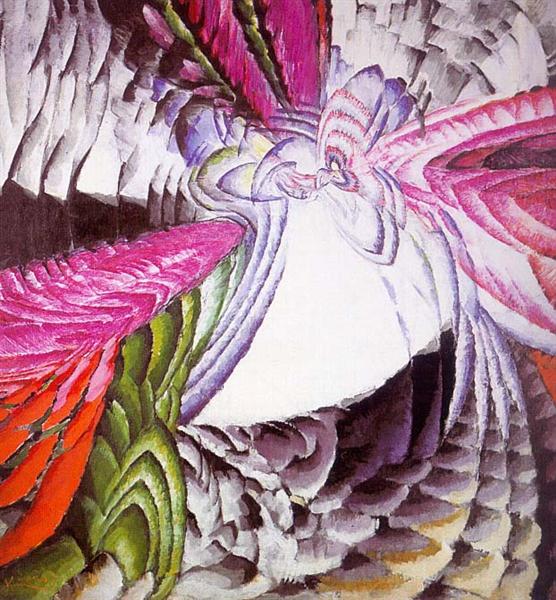

Answers
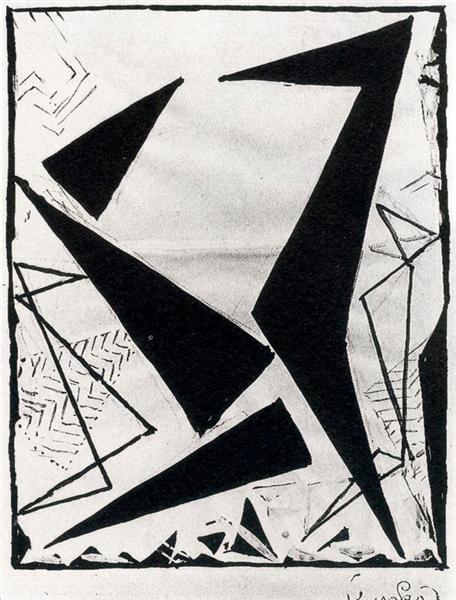

Answers
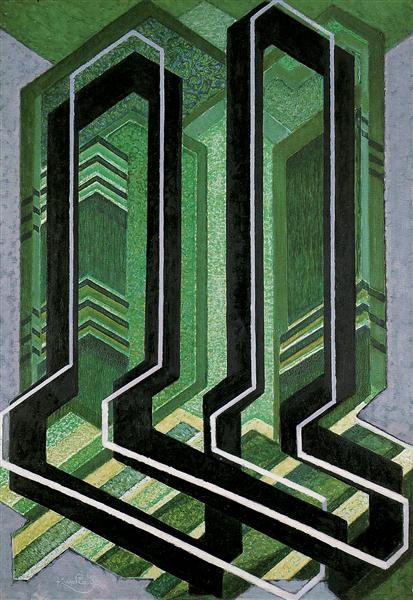

Answers
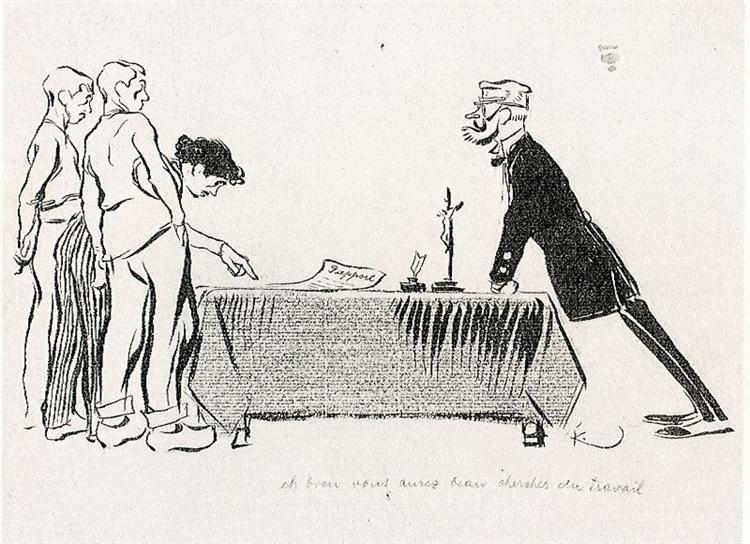

Answers
Option 1
Option 1
Option 2
Option 2
Option 3
Option 3
Option 4
Option 4
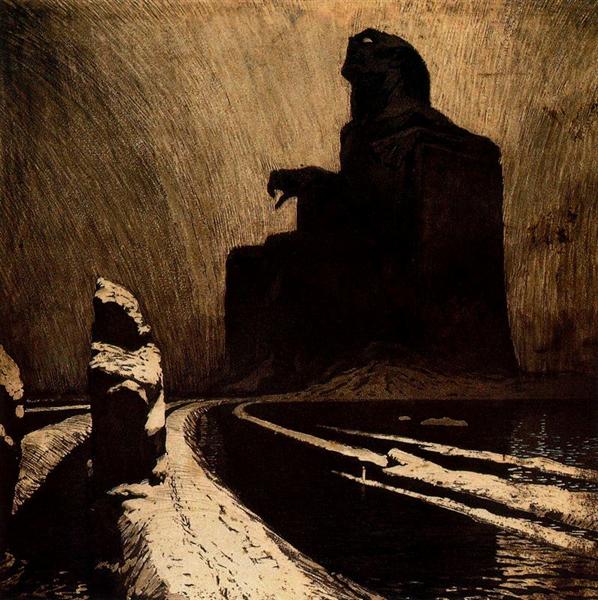

Answers
Option 1
Option 1
test:Expressionism, Orphism
František Kupka
correct answers
František Kupka was a Czech artist, representative of abstract painting and Orphism.
